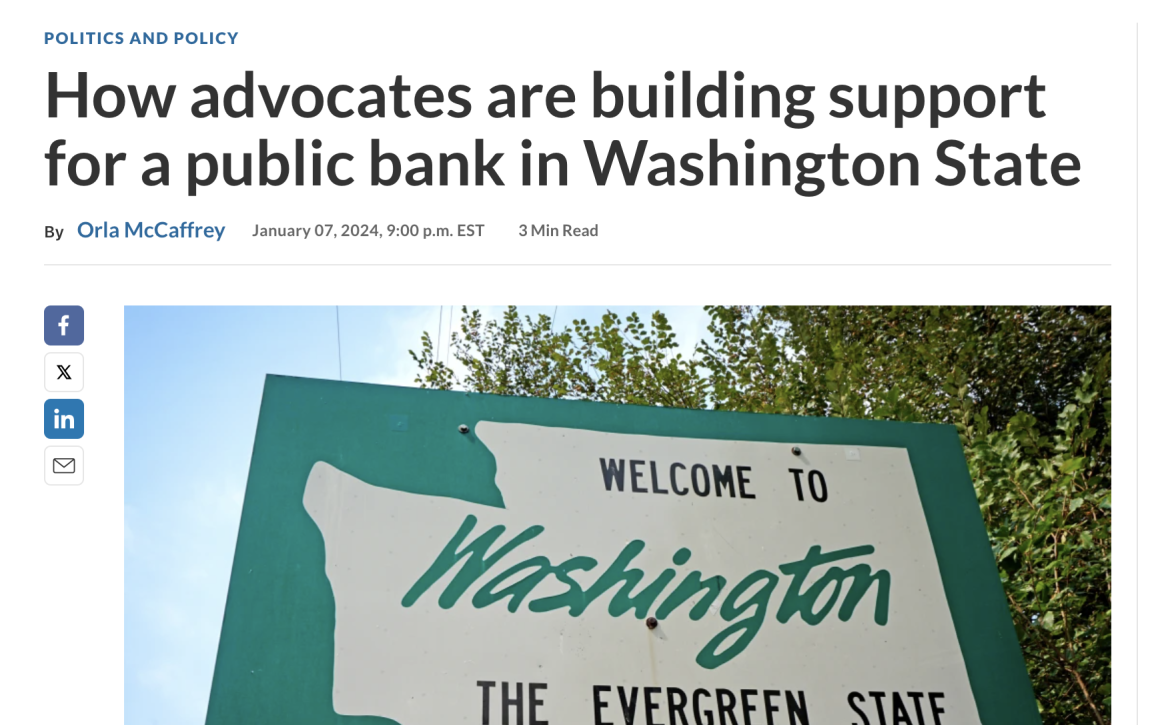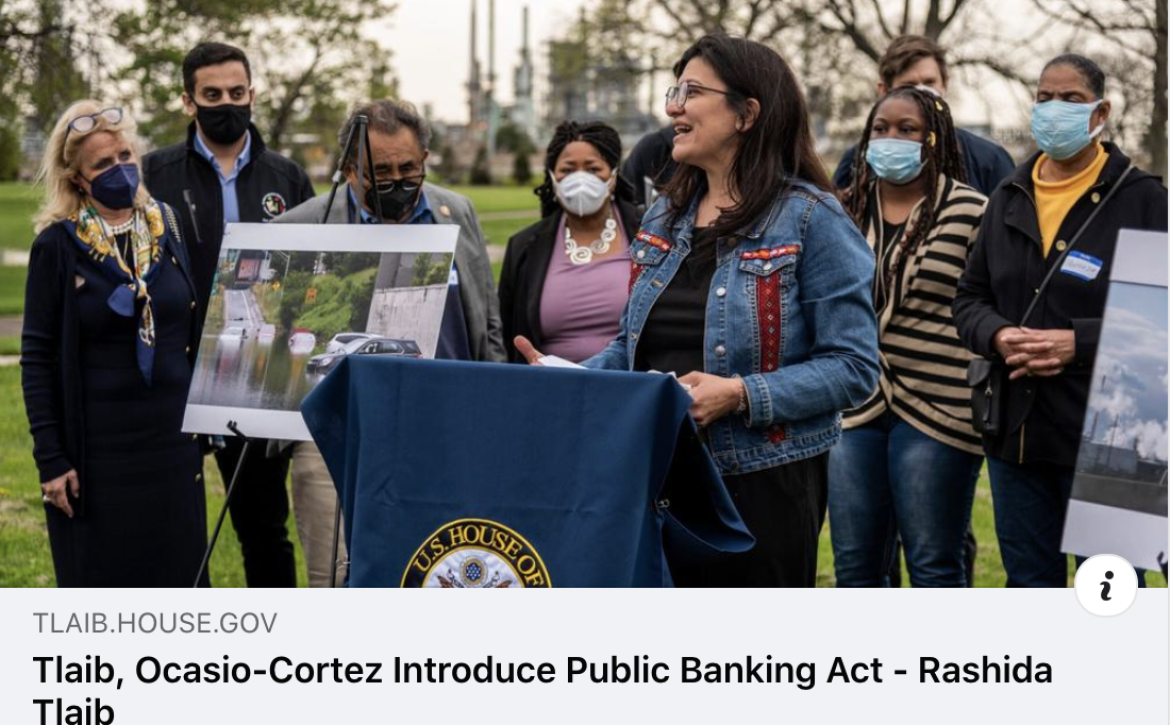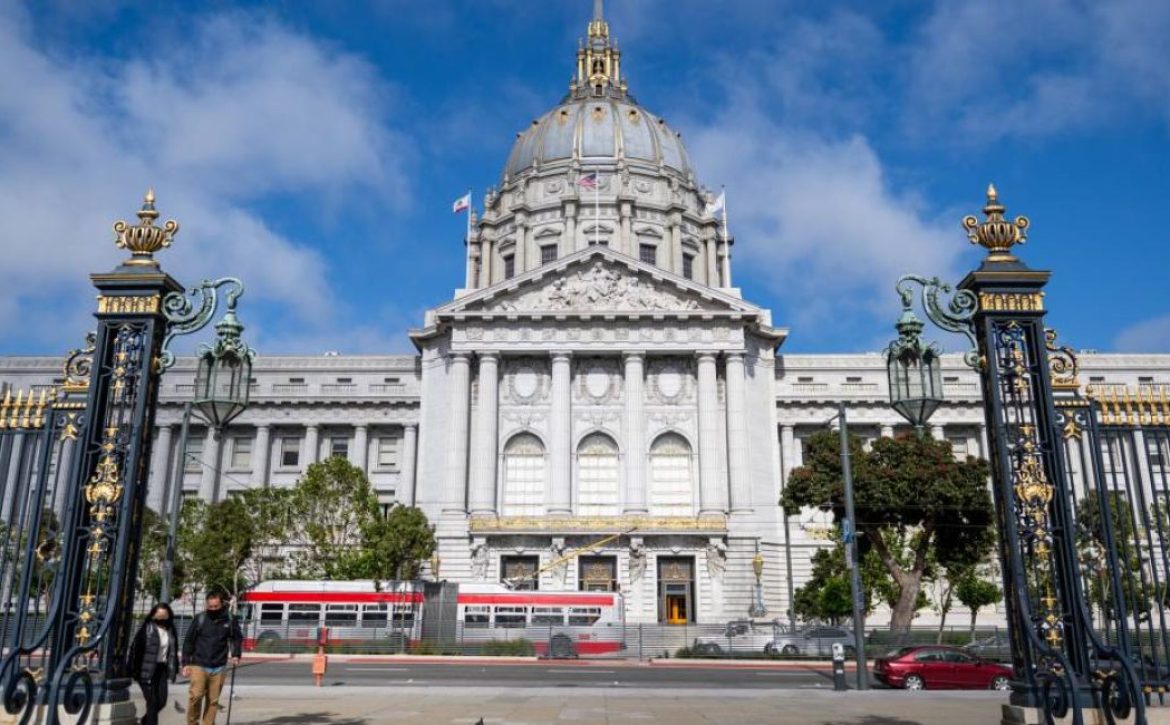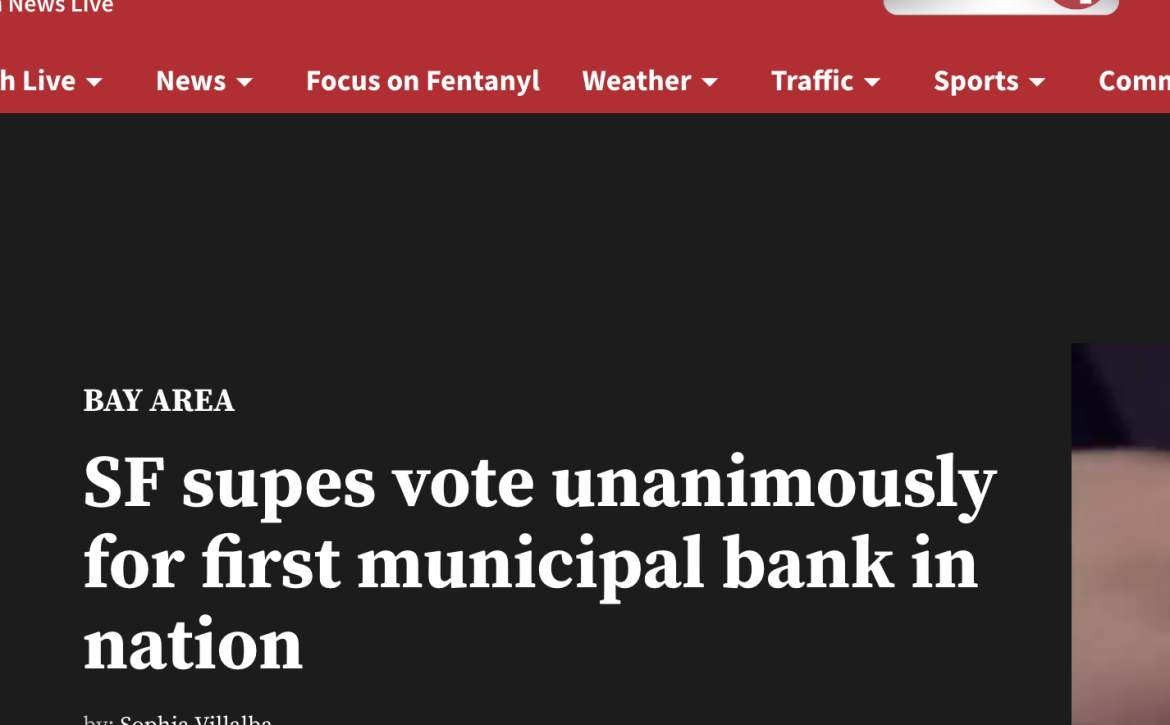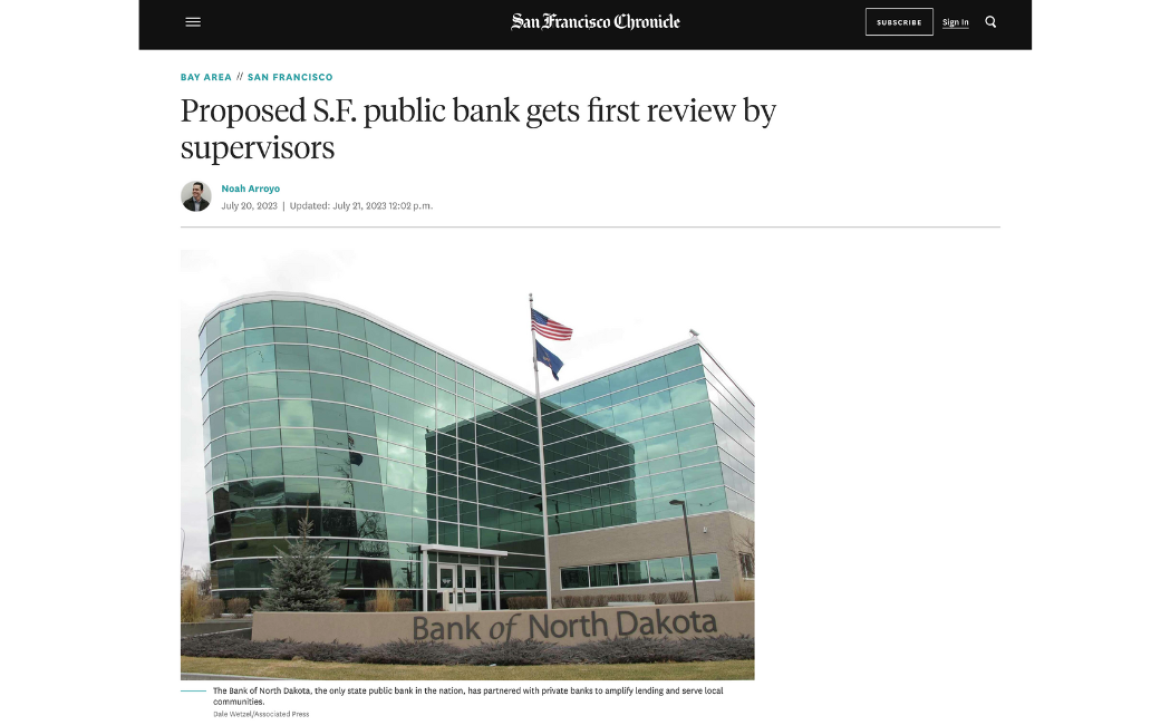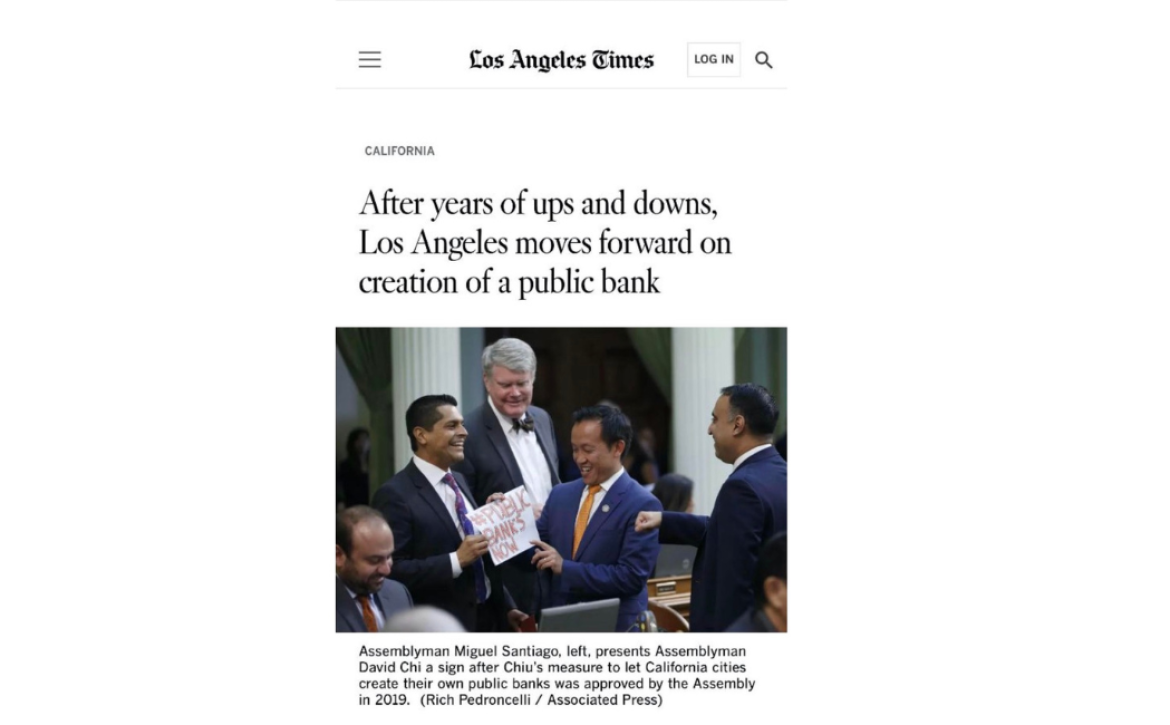A Banker’s Case for Public Banking
NONPROFIT QUARTERLY – Today, more public banks are being launched and planned. For example, Public Bank Los Angeles (PBLA) was established as a socially and environmentally responsible municipal bank for the City of Los Angeles. PBLA also helped pass AB 1177, the California Public Banking Option Act, known as CalAccount, under which free and penalty-free debit cards will be offered to all Californians, providing basic financial services such as check cashing, deposits, and bill paying.
PBLA states that its goal is “to provide affordable financial services and promote economic growth in California by providing greater access to financial services for Californians, particularly unbanked and underbanked populations.” In addition, PBLA and the California Public Banking Alliance (CPBA) advised Representatives Rashida Tlaib (D-MI) and Alexandria Ocasio-Cortez (D-NY) on the 2023 reintroduction of the Public Banking Act, a federal bill that aims to facilitate the establishment of public banks by states and local governments.
A Banker’s Case for Public Banking
For over 20 years, I have explored how to change financial systems in the United States to promote greater equity and inclusion. This has led me to the conclusion that if we want to close the racial wealth gap, we need to get serious about public banking.
Public banks, owned by state and local governments, are driven by a community-serving mission, Currently, financial systems favor White-owned firms and disfavor firms that are owned by people of color, limiting the wealth-building opportunities available to them. Public banking could help change these dynamics.
Why a Banker Became a Public Banking Advocate
How did I come to adopt this position? If you had asked me 20 years ago about public finance, I doubt I could have told you what a public bank was. My journey began far from the financial world. Eventually, I moved from the nonprofit sector to corporate America, working with business leaders who wanted to be more inclusive, and started a business accelerator helping over 30 Black entrepreneurs start businesses, many of which are still thriving over a decade later.
Working with private business, I decided to follow the power and money, and started a consultancy working with financial institutions to change systems within banking. After working with many banks over the years, Berkshire Bank brought me into the bank as a C-suite executive and regional president. This experience helped shape how I understand our economy and why it’s so important for the mainstream banking industry to flow more responsible capital to people of color.
How Finance Currently Reproduces the Racial Wealth Gap
The racial wealth gap is as entrenched as ever—a chasm of earnings power, savings, and investment that threatens to leave behind another generation of Black and Latinx households. According to an analysis by the Federal Reserve’s Board of Governors staff, the average household of color earns about half as much as the average White household and holds only about 15 to 20 percent as much net wealth. An index known as the Gini coefficient—ranging from 0 (representing perfect equality) to 1 (total inequality)—shows a stark contrast.
Continue reading on NonProfit Quarterly.



